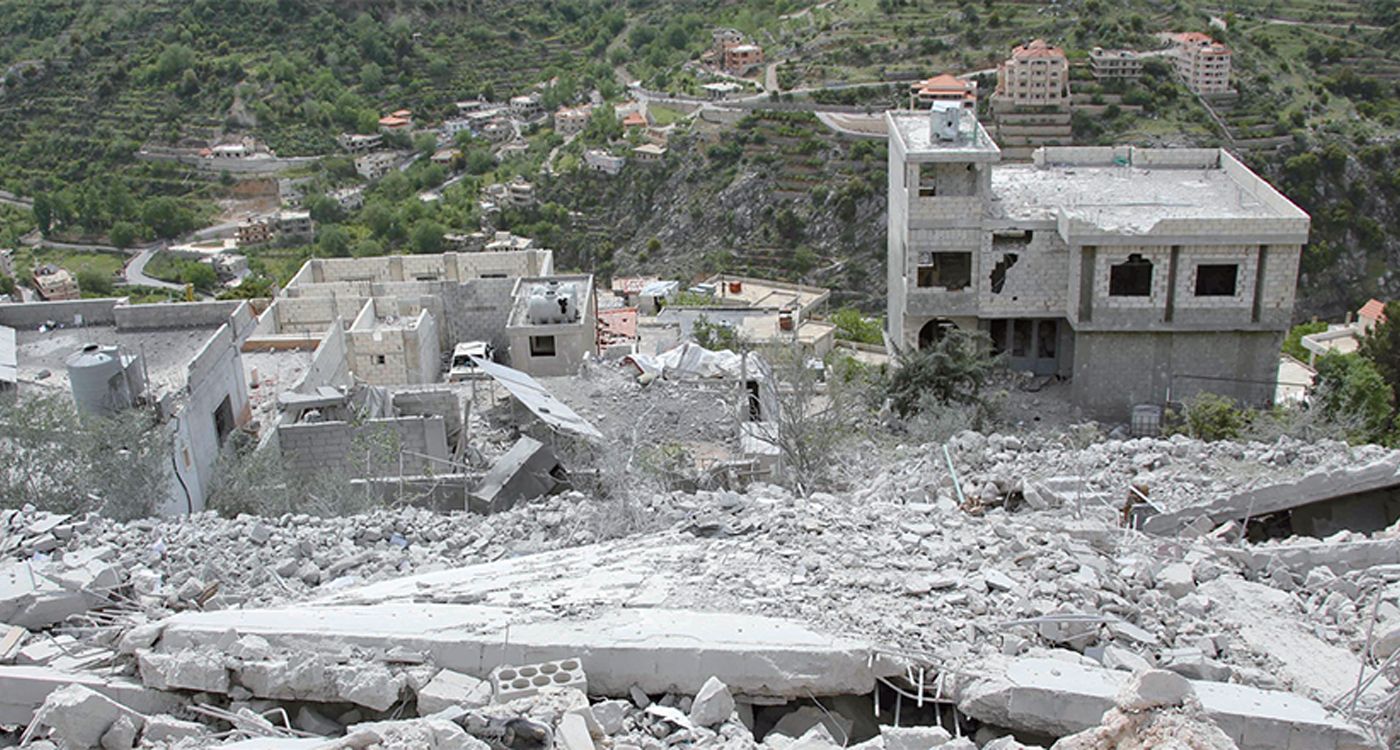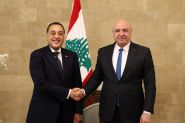
As US envoy Amos Hochstein left Lebanon for Israel to continue negotiations toward a ceasefire between Hezbollah and Tel Aviv, the Israeli military escalated its strikes on Lebanon while pressing ahead with the ground offensive it launched on September 30. In this contradictory and uncertain context, what strategy is Israel pursuing?
One thing is for sure: Tel Aviv remains firmly focused on its goal of securing the return of displaced settlers to their homes in northern Israel.
Consequently, ground fighting between the two sides has escalated, with Israel apparently opting for a military approach despite international calls for a diplomatic resolution.
The objective is to prevent Hezbollah from rebuilding its military arsenal and gaining leverage that could bolster its position in the negotiations.
In an interview with This is Beirut, Riad Kahwaji, a Dubai-based security and defense analyst specializing in the Middle East and the director of the Institute for Near East and Gulf Military Analysis (INEGMA), explained that Israel’s strategy has “a clear objective: to severely weaken Hezbollah’s military capabilities” so it can no longer threaten its territory.
To achieve this, Israel seeks to strip Hezbollah of its ability to launch missiles and maintain a substantial arsenal. It also aims to “reduce its presence along the border” and ultimately, “prevent it from rebuilding its military capabilities,” Kahwaji emphasized.
The analyst explained that, to achieve this, Israel follows a negotiation strategy of "taking and asking for more." They have a set list of demands to which they remain committed.
While Hochstein is engaged in relentless negotiations with all parties, the talks take place "under fire" as Israeli officials have repeatedly maintained in recent weeks.
“The Israelis continue to bombard Shiite-majority areas in southern Lebanon, the Beqaa Valley and the southern suburbs of Beirut, while simultaneously expanding their ground incursion,” Kahwaji said, adding, “So far, these key strategic steps allowed them to reach Hezbollah tunnels and infrastructure south of the Litani, where they will dismantle them themselves.”
This strategy is expected to provide Israel with "greater leverage in the negotiations. The more ground they gain (deeper into Lebanon), the more leverage they will have at the negotiating table" to impose their demands.
According to Kahwaji, the two-month transitional period before US President Donald Trump's official inauguration provides Israel with an opportunity to buy time by adopting this strategy. "They have more than two months, so they are in no rush" to negotiate. With an increasingly dire situation in Lebanon, the analyst believes that Hezbollah is "currently under great pressure."
The strategic importance of Chamaa
In recent days, Israel has stepped up its ground operations in the south, advancing into several border villages, including Chamaa. What is the strategic importance of this locality?
"It is the ridge of an ancient fortress that overlooks the area from the Qasmiyeh River (in the south) all the way to the Israeli coastline in Nahariya and beyond. The site is 300 meters long and 80 meters high. Everything in front of it is flat, making it a key strategic point," explained Kahwaji.
Where are the Israeli soldiers currently positioned? "They are occupying the territory that was once known as the security zone before 2000," he said. Israel pulled out from Lebanon on May 25, 2000, a “Liberation Day” that is marked every year since.
"This area extends from the locality of Bayada and Chamaa in the west, to the north and the annexed Shebaa Farms in the east. It includes towns and villages such as Khiam, Wadi al-Hujair and Bint Jbeil."
However, the director of INEGMA pointed out that the military approach in 2024 differs from that of the pre-2000 era. According to Kahwaji, "The key difference is that the Israelis seem to be focused on demolishing cities and villages. This time, the aim is to turn the area into a depopulated zone, making it easier for them to monitor and control.”
"As expected," Israeli soldiers have reached the coastal locality near Bayada. “They have now encircled the area between Bayada and Naqoura, and will take their time razing all the hills in this zone known as the western sector." To enter Chamaa, "it appears they have secured most of Khiam and are now advancing through Kfarchouba and the eastern sector," he added.
As for the ongoing clashes in Bint Jbeil, Kahwaji emphasized that "this major city holds significant symbolic value for the resistance (Hezbollah)." This is why the Israelis continue to engage in battles across different neighborhoods of Bint Jbeil.
The chances of a diplomatic solution
Kahwaji sees little chance of a diplomatic solution, "unless Hezbollah accepts all the conditions put forward by the Israeli Prime Minister." However, he does not believe this is likely, as the situation does not seem "ripe enough" on either side.
On one hand, Hezbollah still believes it can "change" the dynamics on the ground and remains confident it can "hold on." Above all, its patron, Iran, continues to "pressure Hezbollah to carry on with the fight." According to Kahwaji, Iran has not yet given up this possibility. "It is still counting on the eventual exhaustion of the Israelis, who would eventually concede and seek a ceasefire that would allow Hezbollah to survive and continue its struggle."
On the other hand, the Israeli side has "no interest in a ceasefire at this time," he emphasized. Netanyahu "will likely aim to slow down progress, potentially securing an agreement just before Donald Trump assumes office."
"I believe it will take some time before the situation on both sides is ripe enough for a diplomatic agreement to come about," concluded Kahwaji.




Comments